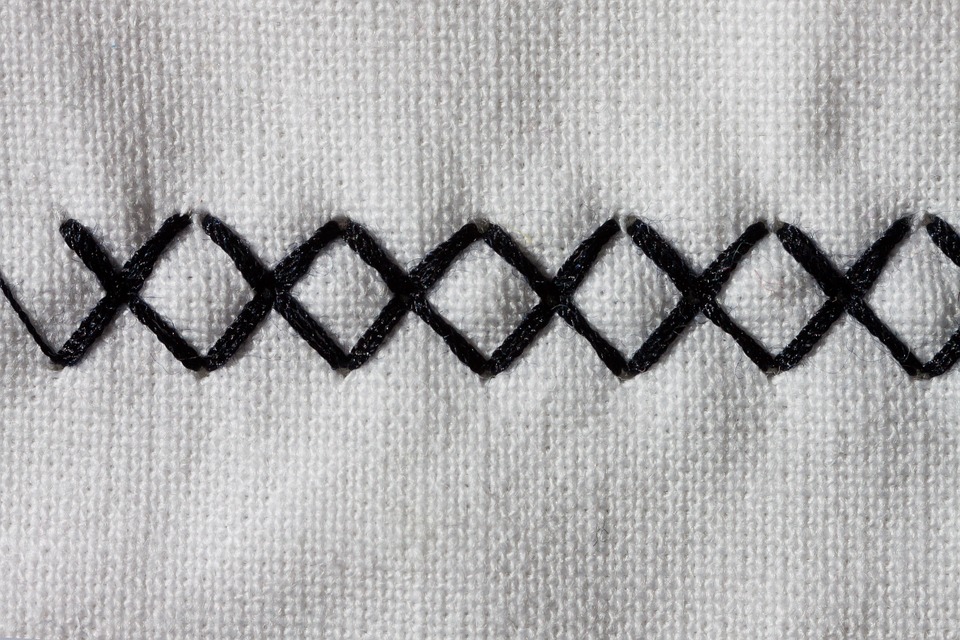When your child injures themselves and bleeding is involved it can be scary for everyone. Knowing exactly what to do and when you should be seeking medical attention, can help to take some of the stress out of the situation.
As a mum of four children, three of them boisterous boys, I am no stranger to cuts and stitches! There is a lot that can be done at home if the cut is a minor one.
Jennifer Mines, Emergency Physician, at Epworth Richmond says parents or carers should immediately place firm but gentle pressure on the wound to stop the bleeding, ideally with a clean dressing - you could use a clean cloth or paper towel.
Elevate the limb if the cut is on the arm. If the wound is dirty or contaminated it can be washed under cool running tap water, then pressure applied.
Of course, not every cut can be managed at home, and it is really important to know when a doctor should be taking the reigns.
Here’s a list of signs that shouldn’t be ignored:
- Deep wounds where underlying tissues can be seen
- Wounds longer than 1-2 cm which gape open
- Puncture wounds or penetrating injuries (it can be difficult to tell how deep they are) and it’s better to be safe than sorry.
- Human or animal bites (these have a high risk of infection)
- Wounds in cosmetically important areas such as your child’s face, or functionally important areas like hands, feet, or over joints.
Once you get to hospital it can be a little daunting for both you and your child, not knowing what to expect or how the wound will be treated.
Doctor Mines says “usually a cut is cleaned thoroughly, and repaired with tissue glue, steri-strips, stitches or a combination of these.”
Don’t worry, your child won’t be expected to tough it out.
Often we will apply topical local anaesthetic agents using a liquid applied to the wound and cover with a dressing – this takes about 20-30 minutes to work. Sometimes we need to use local anaesthetic via a small injection. Other times we need to use some sedation to help kids stay still for sutures – we use nitrous oxide (laughing gas) or medications.
No matter the size of the cut or wound, if you have any concerns, it’s always safer to see a doctor or head to your closest hospital for a full review and care.
Here are a few important things to remember; place firm but gentle pressure on the wound at home, clean it as best as you can, assess the wound and if needed seek medical attention.
08 February 2019

